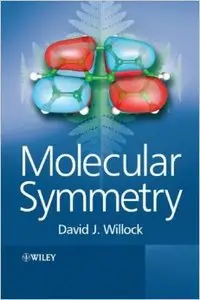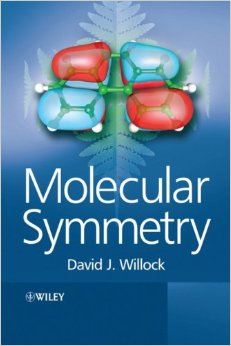David Willock, "Molecular Symmetry"
English | 2009 | ISBN-10: 0470853484, 0470853476 | 438 pages | PDF | 13 MB
English | 2009 | ISBN-10: 0470853484, 0470853476 | 438 pages | PDF | 13 MB
Symmetry and group theory provide us with a formal method for thedescription of the geometry of objects by describing the patternsin their structure. In chemistry it is a powerful method thatunderlies many apparently disparate phenomena. Symmetry allows usto accurately describe the types of bonding that can occur betweenatoms or groups of atoms in molecules. It also governs thetransitions that may occur between energy levels in molecularsystems, which in turn allows us to predict the absorptionproperties of molecules and hence their spectra.
Molecular Symmetry lays out the formal language usedin the area using illustrative examples of particular moleculesthroughout. It then applies the ideas of symmetry to describemolecular structure, bonding in molecules and consider theimplications in spectroscopy.Topics covered include:
Symmetry elements
Symmetry operations and products of operations
Point groups used with molecules
Point group representations, matrices and basis sets
Reducible and irreducible representations
Applications in vibrational spectroscopy
Symmetry in chemical bonding
Molecular Symmetry is designed to introduce the subjectby combining symmetry with spectroscopy in a clear and accessiblemanner. Each chapter ends with a summary of learning points, aselection of self–test questions, and suggestions for furtherreading. A set of appendices includes templates for paper modelswhich will help students understand symmetry groups.
Molecular Symmetry is a must–have introduction to thisfundamental topic for students of chemistry, and will also find aplace on the bookshelves of postgraduates and researchers lookingfor a broad and modern introduction to the subject



